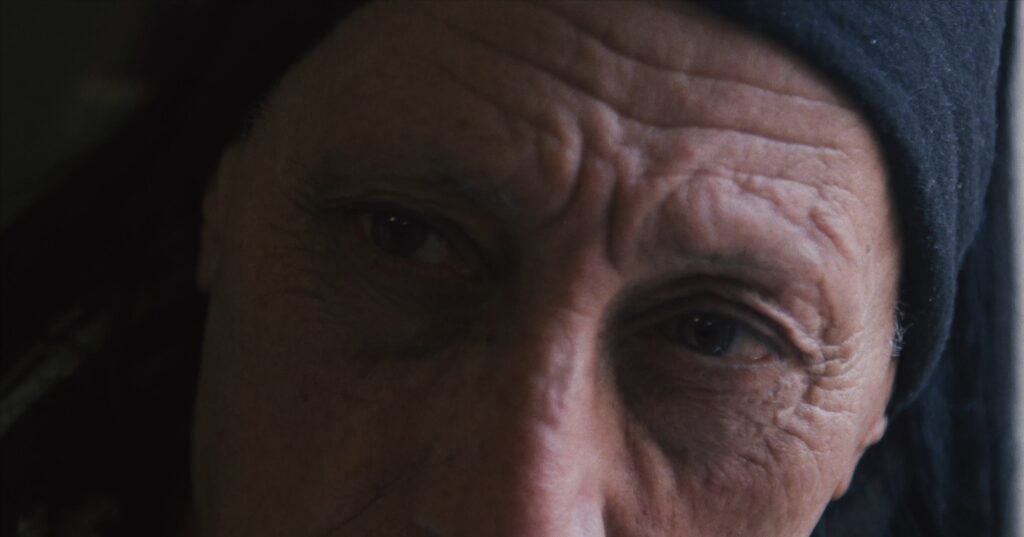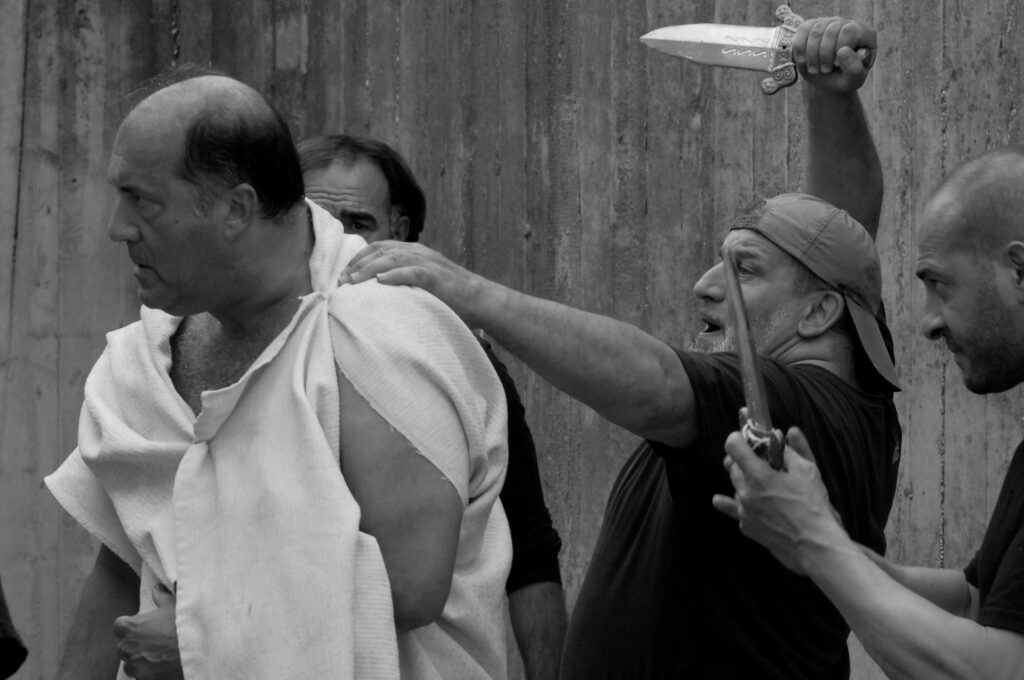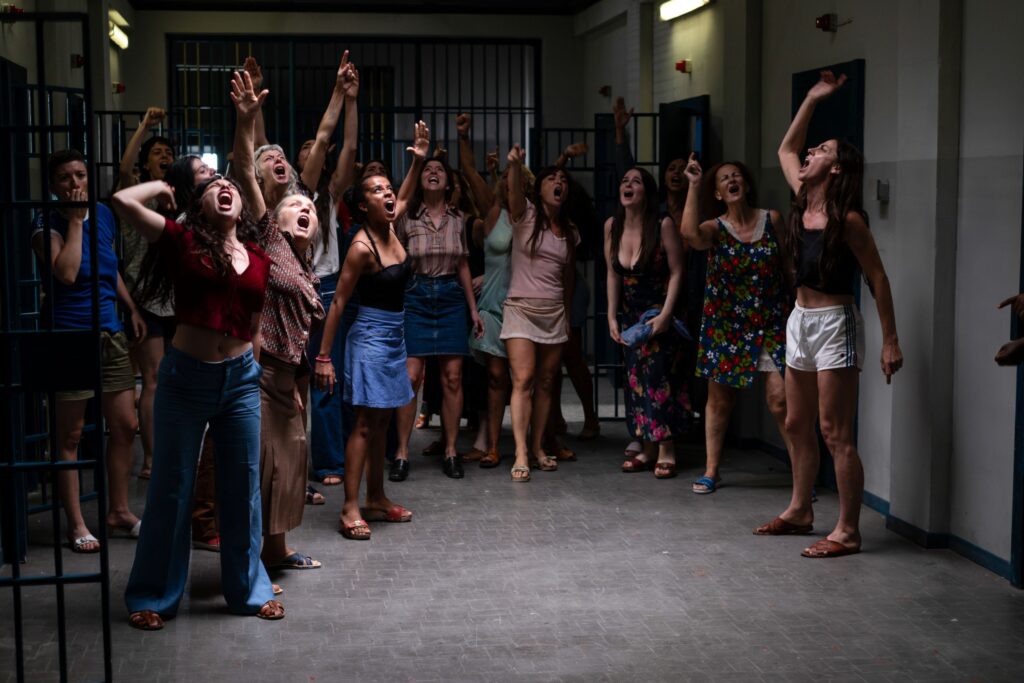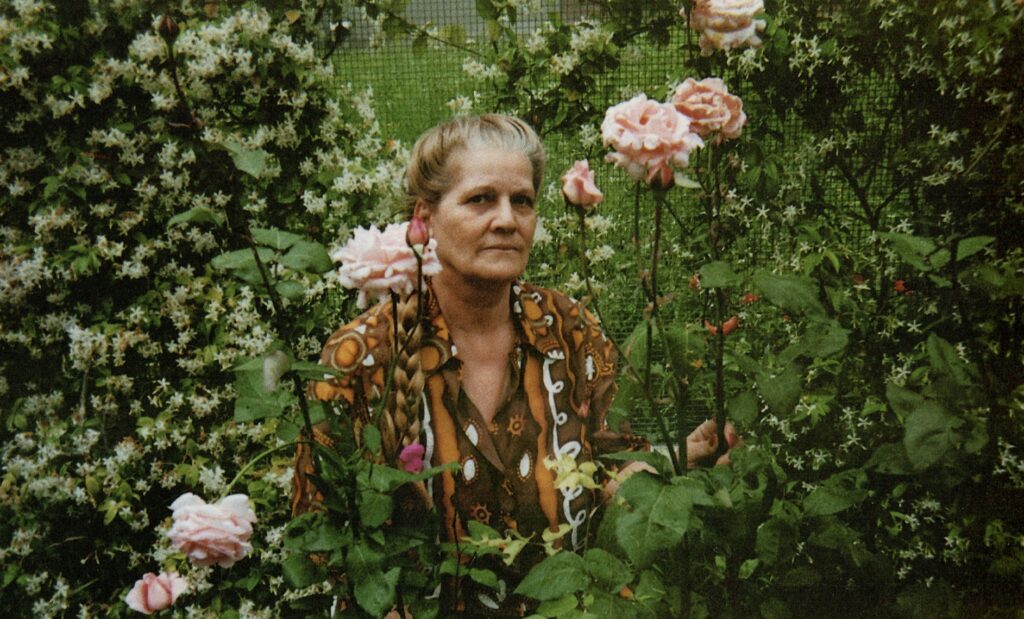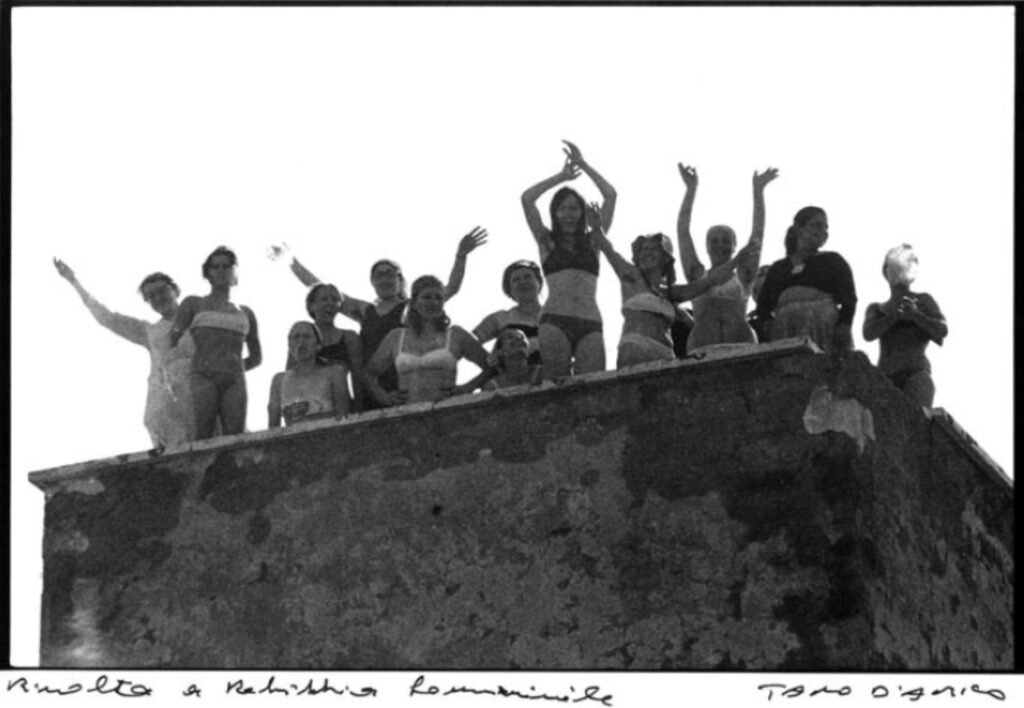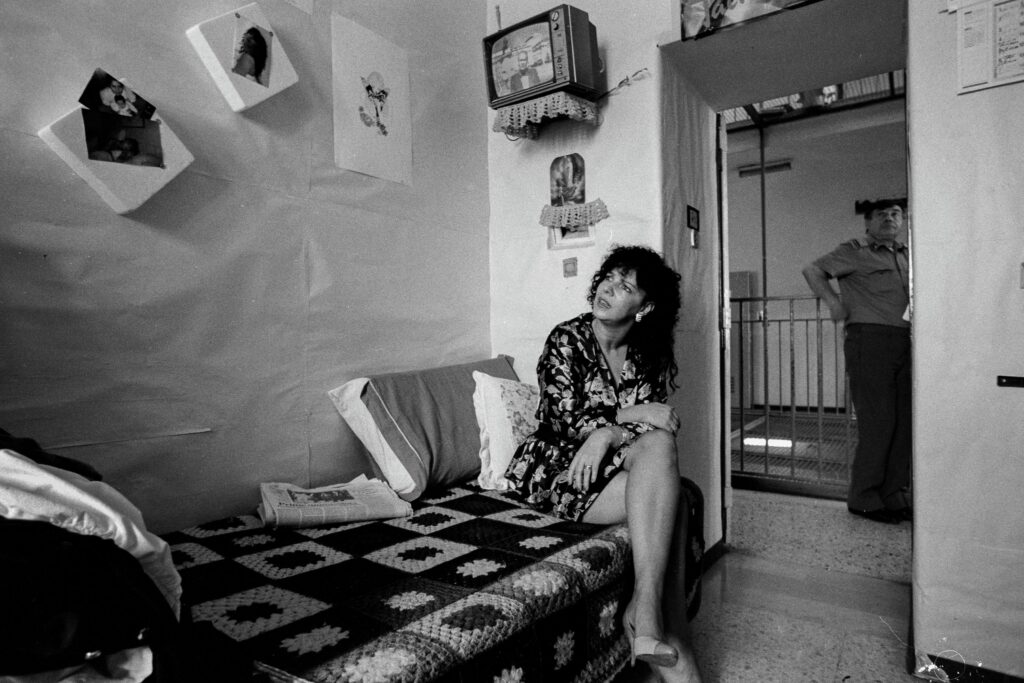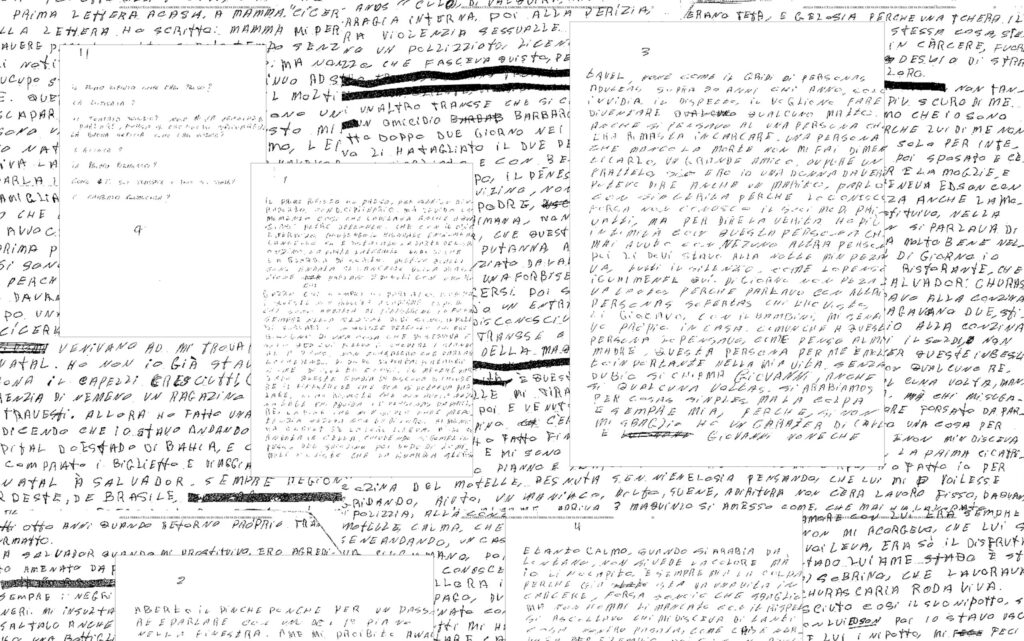Let Them Be Free

The indigenous film industry of Nigeria, commonly known as Nollywood, is often heralded as the second or third largest film industry in the world—behind its behemothic inspiration Hollywood, going toe-to-toe with its South Asian counterpart in Bollywood. By far the youngest of the three Woods, the Nigerian film industry’s origins date back to the mid-1900s, as local travelling theatres embraced new technologies to film and replay their works in small theatres. Commenting on Nigeria’s web of socio-political spectacle, Nollywood set itself up as a mirror of condemnation to society, questioning Nigerian morality through stories centred on family financial feuds, sex, business misdeeds, and general domestic affairs that forced the viewer to address their role in the parallel reality that was their life. Entertaining and dramatic, 2000s vintage Nollywood was a hotbed of judgement, which successfully bred a puritan society that policed morality at the expense of authenticity. So when a group of subversive youth began to question hypocritical mainstream ideologies of morality, the debauched lifestyles that littered Vintage Nollywood films were the perfect source to underscore their creative expressions.
Commenting on Nigeria’s web of socio-political spectacle, Nollywood set itself up as a mirror of condemnation to society.
Even though these characters were originally presented to pass judgement on what filmmakers considered the sinful society of their time, this defiant subculture of the late 2010s saw 2000s Nollywood as a vintage stamp of approval. At first, they were too young to understand its subtextual nuances, and then too intrigued by its libertine content to care. The generation that consumed Nollywood in childhood grew into the tastemakers of youth culture, and nostalgic Nollywood motifs began creeping into the zeitgeist. Theodora Imaan Beauvais, the creator of the prolific meme account Yung Nollywood, acknowledges the irony of the Nollywood revival but explains that the “themes of mysticism, morality, and duality” laid out a “rich visual and narrative language… ripe for reinterpretation.” And thus, the wheel was reinvented. Nigeria’s very own Y2K resurgence—Noughties Nollywood was back and better, with accounts such as Yung Nollywood or Nollybabes reaching into the archives to keep the aesthetic accessible and alive to the modern masses.



Speaking passionately about the Nollywood era, Theodora explains, “the fashion, the dialogue, the spiritual elements—all of it captures the complexity of African life in a way that’s both familiar and mythic.” A trip down memory lane encapsulating the rich Nigerian culture and its questionable traditions, she describes vintage Nollywood as “an archive of memory, tradition, and collective imagination that continues to influence new forms of expression today.” Still a relevant referential text in culture, in the late 2010s, Nollywood’s influence on artistic expressions was inescapable. From Mowalola pieces to Vivendii Sound party flyers, women in elaborate eye-shadow colours and men favouring equally as stylish sunglasses, the culture began its backstroke toward the vintage shores of Old Nollywood, a shift in gears helmed by a group of people ostracised for their individuality yet envied for their liberty: alté. “The alté movement thrives on subversion, nostalgia, and reimagining the familiar in fresh ways,” Theodora explains. TSE, one of the culture’s key instigators who would go on to shape the culture’s visual direction, suggests: “It was really about finding commonality in individuality. In the earlier days, what you had was a lot of young people looking to bring their energies to the front and express that energy in the most creative way possible. [In] that way it was about the individual and it was about the collective.”
In a traditional society with conventional customs, alté became a broad brushstroke with which to paint any individual who coloured outside the strictly defined lines. This is why the term suited the young crop of creatives defying decades-long, established societal norms through their style or their sound, and it’s what made the marriage between the visual culture of Old Nollywood and the alté soundscape a fateful affair. Theodora sees the symbiotic growth of alté and Old Nollywood, recounting: “Alté artists borrowed from the surrealism, melodrama, and spiritual themes of Old Nollywood and translated them into something futuristic and distinctly their own.” Taking flight in 2017, reaching altitude in 2019, alté as a movement became synonymous with retrograde style, cosmopolitan sounds and a bootstrapping collaborative ethic that welded together into a movement inspired by all things across all time. “Inspiration was all around us,” TSE says, describing the synergetic creative cooperation that sustained the alté movement in its breakout years. “My friends had their vision for themselves, I had mine, and what we created was a result of continuously experiencing each other.”
Alté artists borrowed from the surrealism, melodrama, and spiritual themes of Old Nollywood and translated them into something futuristic and distinctly their own.
Alongside music and photography, fashion became another “key instrument” in expressing alté. TSE adds that fashion “communicates identity and ideas without words.” Alté fashion, in particular, “presents bold looks that often break traditional norms, reflecting the culture’s creativity and individuality.” Chief among these daring sartorial contributions to alté was Mowalola’s graduate collection, Psychedelic, announcing her as an industry debutante with whom to be reckoned. Inspired by a relatively unexplored rock music movement that took swing between the 1970s and 1980s in Nigeria, Mowalola’s journey into the culture of Lagos’s psychedelic 1970s was complemented by her appreciation of her contemporary surroundings to produce her very own petrolhead archetype that redefined what it meant to be a man within the culture.
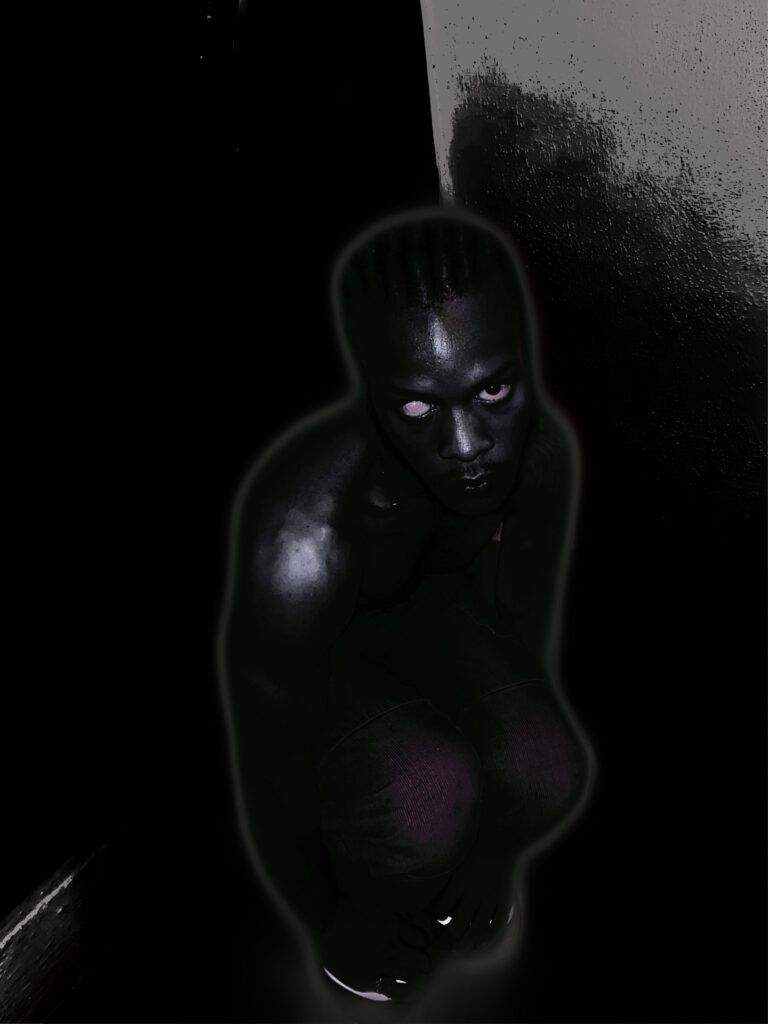

At the centre of this convergence between the visual and musical tenets of the alté subculture was Cruel Santino, one of the culture’s forerunners and, to this day, considered a sage in the industry. Surrounding his music with immersive visual campaigns that introduce audiences to different orbs of perspective, Cruel Santino is heralded for his creative world-building. Though this has always been his style, from Diaries of a Loner to Suzie’s Funeral, his sophomore album, Mandy & The Jungle, broke him out as a visionary across multiple media. Its lead single, “Freaky,” was fitted with an unforgettable music video that borrowed from the witchcraft subtext of many vintage Nollywood horror films. An unmissable reference to Nolly-horror, given the use of Helen Ukpabio’s 1999 End of the Wicked within the video, “Freaky” adopts lo-fi negative filters and uses primal visual effects and fire motifs to achieve its distinctly Nollywood feel.
“Vintage Nollywood horror has a very distinct set of tropes,” explains Theodora. “Characters who pursue greed, infidelity, or betrayal often face intense spiritual repercussions.” Playing into the hands of a superstitious and hyper-religious Nigeria, occult representations appearing in vintage Nolly-horrors reinforced the hysteria of society at the time, aligning with the films’ intent. Legally forbidden in Nigeria—Chapter 20 of the Nigerian Criminal Code—the highly spiritual society was easily convinced of the consequences of spiritual malpractice, adversely depicted by Nollywood through representations of supernatural worship and witchcraft. With a particular focus on the eyes—some turning red or white, others growing a third eye—the rudimentary special effects of vintage Nollywood horrors brought sight to the collective imagination of evil through “visceral visuals; glowing eyes, dramatic close-ups, smoke effects, and haunting sound design.”

“Freaky” by Cruel Santino captures the essence of these themes while situating the film within a new contemporary sound. Embracing the lo-fi VHS-style as “aesthetic choices rather than a limitation,” Theodora cites it as one of the defining pieces of work for that era, which used Nollywood’s surreal energy to “explore identity, spirituality, and Afrofuturism.” Reclaiming what the mainstream considered kitsch, alté transformed Old Nollywood “into something powerful and avant-garde,” she asserts. Crediting other 1990s and noughties filmmakers—such as Chico Ejiro and Tade Ogidan—for expanding his scope of imagination when it came to releasing music videos, what followed Santi’s “Freaky” was a series of films that weave sight and sound together to create The Jungle; the backdrop to the story of a young girl who has lost all hope but slowly discovers the power that she wields within her.
From Mowalola’s Psychedelic to Cruel Santino’s directorial run of “Freaky,” “Rapid Fire,” “Sparky,” “Raw Dinner,” these works embody alté’s proclivity for vintage media in its early days. As the movement and its forebears evolved into the 2020s, alté retained its characteristically striking and subversive imagery, while expanding from Nollywood and its cinematic influences. Still helmed by Cruel Santino and his one-of-a-kind audiovisual projects, these days, the culture rests on an animated backdrop that reflects its global locus. “As the culture changes, its visual elements evolve too,” TSE states, appreciating that the alté movement is ever unfurling, its visuals and sounds continually conveying the new “energy” of the personalities behind it. According to TSE, the shift is also practical; after all, supply is meaningless without demand: “The audience is drawn to [the visuals], which helps the culture grow even more.” Now the alté worldview is inclining the visual direction towards more animated references, from Motherlan co-founder Slawn’s reappropriation of the racially driven 19th-century Golliwog cartoon to Cruel Santino’s reimagining of Japanese manga aesthetic in a Nigerian diaspora context.




Following the 2019 Mandy & The Jungle, Cruel Santino fast became a global sensation, working with the likes of Tyler The Creator, Obongjayar, Goldlink, Octavian, and more. Earning their stripes creatively, Santi and his peers were after the world, and the alté domination was structural. From Santi signing a deal with Interscope Records to Mowalola being announced as the Creative Director of Yeezy GAP to Tems and Tay Iwar featuring on the Grammy-nominated Made in Lagos, whilst other creatives were clutching at the hem of relevance during the pandemic, alté only grew bigger and bigger. A genre that burst through adverse conditions it faced at home in Nigeria, its global domination has nurtured and enhanced the movement’s global perspective.
Once again at the vanguard of a new creative order, Cruel Santino’s rollout for his Interscope debut, Subaru Boys: Final Heaven, would introduce the Pop characteristics that are now habitual within this alté visual era. His most expansive project yet, the longevity of Subaru Boys speaks to the extensive media resources Cruel Santino consumes and breathes into his work. If the doctor orders an apple a day, the Subaru World Leader is mandating a film a day. “[You should] always try to consume some media outside your phone,” he prescribes. Speaking at Sole DXB alongside Upson Martin, who designs characters in the Subaru universe, Cruel Santino divulges his knowledge of various media types as he explains how he’s built his world.
Now alté is inclining towards animated references, from Slawn’s reappropriation of the racially driven Golliwog cartoon to Cruel Santino’s reimagining of Japanese manga in a Nigerian diaspora context.
Take gaming. While many consider it a hobby, to Cruel Santino, it is media. The interactive counterpart to film, Santi explains at the live interview, “a film, you can watch the film; but a game, you can play the film.” He expands, “a great game is a great film and a great film is a great game. You can’t make a game without it being written.” Recommending the Last of Us video game as “genuinely the greatest piece of media made,” games are artistic works that act as a reference point to some of Cruel Santino’s most creative pieces yet. He credits Hideo Kojima’s Metal Gear Solid console game for inspiring him to create Flowers of the First Orcad, the first volume in his long-awaited manga, co-created with Upson. Beyond games and gaming, there are other palpable themes borrowed from anime, horror, cartoons, sci-fi, live stream culture and even user interface design present in Cruel Santino’s Subaru World. A rollout rivalling even the My Beautiful Dark Twisted Fantasy, the length and depth of the Subaru World is in a league of its own.
Introducing fans to characters and launching game cards to augment the music releases in the first few months of Final Heaven, Santi has developed the Subaru World into a full-blown graphic novel with the Flowers of the First Orcad manga. He’s taken on-the-fly promotional videos and skits with friends and flipped them into live stream moments with colleagues in music and creatives on the come up, which in turn he’s built into a genuine visual radio show, realising his journalistic dreams on NTS Radio. Resulting in one-of-a-kind visuals that are characteristically Subaru, Cruel Santino’s unique visual direction is influential to the culture and not just in and of itself. He has paved the way for other alté artists hoping to break into the mainstream consciousness with niche media. In his Sole DXB interview, Santi reveals, “there’s a niche group of people that are trying to progress [the] media where I’m from in their own way.”

Leveraging his popularity and influence, Santi has brought a taste for expansive media consumption into the alté culture, and rising creators are not only taking inspiration from it, they are benefitting from Santi’s path, too. These include SOLIS4EVR, who starred in Subaru patch updates and frequently employs the talk-show gimmick to promote new music, or Jude Chinedum Okoro, who has earned repute for his distinctly Nigerian comedic cartoons. Jude’s popularity, in particular, evidences the growing appreciation of alternative artistic expressions in Nigeria, which have, at one time or the other, been denigrated as occult, non-inclusive or unsuccessful. His rise also points to the ever-growing interest in Nigerian art from the world at large. In Cruel Santino’s words, Jude’s work carries alté’s fundamental mission of “pushing the boundaries of what we’re doing.”
Beginning in Nollywood and Y2K aesthetics, the alté subculture has flowed through borderless soundwaves into worldwide consciousness as a global visual culture. Listing his top three visuals as The Demon Prince (Nollywood), the Japanese animated series Bleach (2004) and the manga-turned-TV-series Berserk (1997), Cruel Santino’s evolving creativity perfectly articulates this journey. With its plethora of influences and expressions, alté is constantly under the microscope as outsiders look to define it. But the truth is, this culture needs no definition. Alté knows what it is, and those who know will know. You’ll hear it, you’ll see it, you’ll feel it. In the unique and familiar, the relatable and challenging, the original and the inspired, there you will find alté. Weaving together all things across all times.
